Physical Address
304 North Cardinal St.
Dorchester Center, MA 02124
Physical Address
304 North Cardinal St.
Dorchester Center, MA 02124


Eyesight is one of the most crucial senses, enabling us to perceive the world around us with clarity. However, not everyone enjoys perfect vision, and many individuals require corrective lenses to improve their eyesight. If you’ve been told you have 20/40 vision or have come across this term, you might wonder what it means for your visual clarity and whether it’s something to be concerned about.
In this article, we will take an in-depth look at what is 20/40 vision prescription, what it signifies, how it affects daily life, and what solutions are available to correct or manage this level of vision. We’ll also delve into the tools you can use to improve your eyesight, lifestyle changes that can safeguard your vision, and the most effective ways to handle living with 20/40 vision.
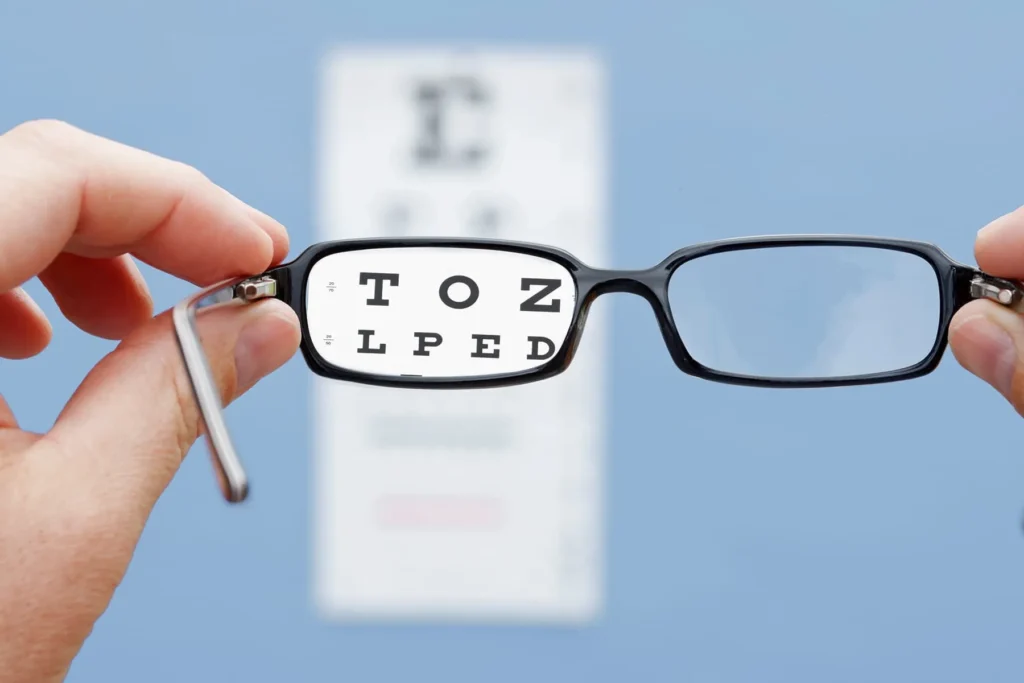
When you’re diagnosed with 20/40 vision, it may lead to some confusion or concern about your eyesight. Understanding what is the prescription for 20/40 vision is key to grasping its effect on your vision and overall quality of life.
As explained earlier, 20/40 vision means you can see objects at 20 feet that someone with normal 20/20 vision can see at 40 feet. While this doesn’t indicate severe vision loss, it does suggest that your vision isn’t as sharp as it could be, particularly when viewing distant objects. You may experience difficulty reading road signs, recognizing faces from afar, or seeing fine details at a distance.
No, 20/40 vision is not harmful in itself. Many people live with this level of vision and manage quite well with corrective lenses like glasses or contact lenses. However, certain activities, like driving at night or in low-light conditions, may become more difficult without proper vision correction.
The good news is that 20/40 vision is easily treatable. Most people can restore their vision to 20/20 with the appropriate prescription lenses or other vision correction methods like LASIK surgery. What prescription do I need for 20/40 vision? The prescription usually ranges from -0.75 to -1.25 diopters for nearsighted individuals, depending on the severity of your visual impairment.
If you’ve been diagnosed with 20/40 vision, you’re likely wondering what tools or treatments are available to help improve your sight. Fortunately, several options exist to correct what is 20/40 vision prescription and sharpen your eyesight.
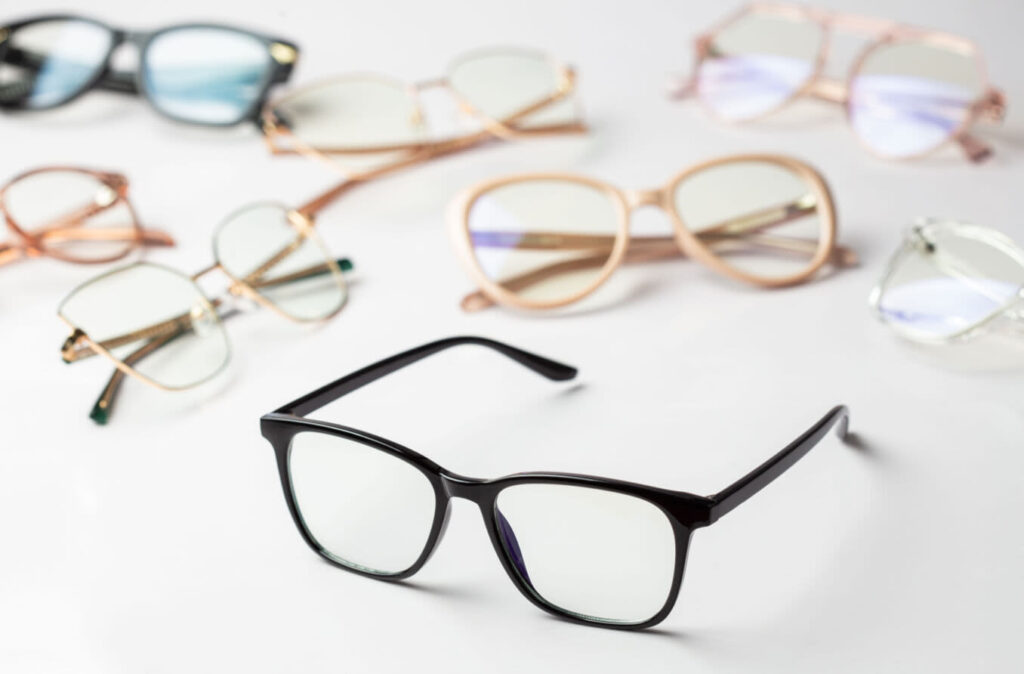
Eyeglasses are the most common and effective solution for correcting what is your prescription if you have 20/40 vision. Your eye doctor will prescribe lenses that correct your vision to bring it closer to 20/20. Glasses are an easy, non-invasive way to improve your eyesight and can be customized to match your style and needs.
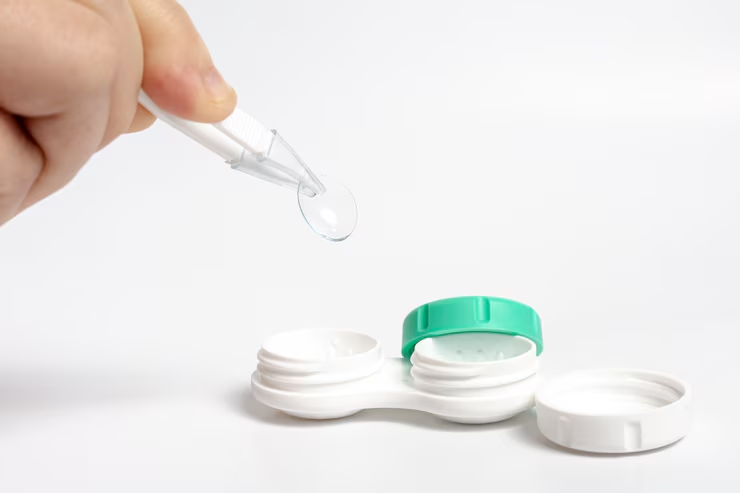
Contact lenses are another popular choice for those who prefer not to wear glasses. Contacts sit directly on the surface of your eye, providing a wider field of view and a more natural appearance. They’re a great option for those who are active or prefer the look of lens-free vision. Contact lenses also correct what prescription do I need for 20/40 vision, allowing you to see clearly without the inconvenience of glasses.

If you want a more permanent solution, LASIK surgery is a highly effective way to correct what is 20 40 vision prescription. LASIK uses a laser to reshape the cornea, improving how light is focused on the retina. Most patients achieve 20/20 or better vision after LASIK surgery, reducing or eliminating the need for glasses or contact lenses.
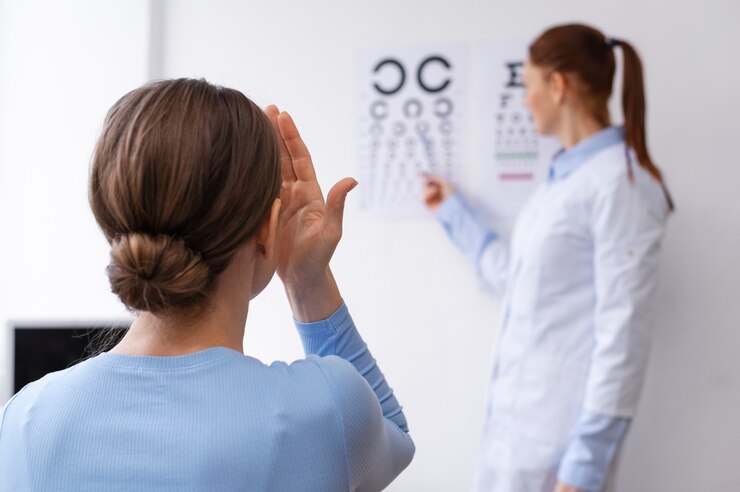
For some people, vision therapy can be a non-invasive way to improve vision. This method involves a series of exercises that help to strengthen the muscles controlling eye movement, improve focusing ability, and enhance eye coordination. While primarily used for other eye conditions, vision therapy may benefit individuals with mild visual impairments like 20/40 vision.
The measurement of 20/40 vision prescription typically occurs during a routine eye exam conducted by an optometrist or ophthalmologist. Vision is measured using the Snellen chart, a standard tool for assessing visual acuity.
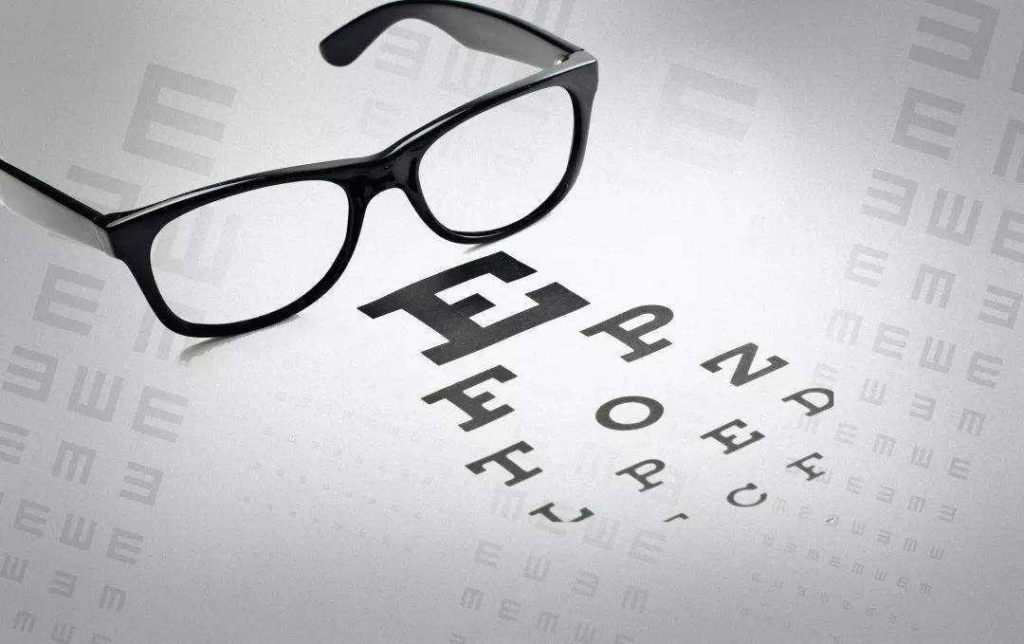
Understanding what is your prescription if you have 20/40 vision is crucial to determining the best treatment for you. Most people with 20/40 vision will need mild corrective lenses to improve their visual acuity.
Having 20/40 vision isn’t necessarily problematic, but it’s still important to maintain good eye health to prevent further deterioration. Adopting healthy habits and making smart lifestyle choices can help protect your eyesight and prevent your vision from worsening.

Your diet plays a crucial role in eye health. Foods rich in vitamins A, C, and E, as well as omega-3 fatty acids, are particularly beneficial for maintaining healthy vision. Leafy green vegetables, carrots, sweet potatoes, and fatty fish like salmon are excellent sources of these nutrients.
Prolonged exposure to digital screens can cause eye strain, also known as computer vision syndrome. To reduce eye fatigue, try following the 20-20-20 rule: every 20 minutes, take a 20-second break and look at something 20 feet away. This simple habit can help relax your eye muscles and reduce strain.
The sun’s ultraviolet (UV) rays can damage your eyes over time, contributing to the development of cataracts and macular degeneration. Wearing sunglasses with 100% UV protection is a simple yet effective way to safeguard your vision from harmful sun exposure.
Regular physical activity improves blood circulation, which is beneficial for overall eye health. Exercise also helps manage conditions like high blood pressure and diabetes, both of which can negatively impact vision.
If you have 20/40 vision, your eyesight isn’t perfectly clear, but it’s functional for most daily activities. The key difference between 20/40 and 20/20 vision is the level of clarity, especially when looking at objects at a distance.
Here are some examples of how 20/40 vision may affect your ability to see:
Living with 20/40 vision is entirely manageable, and most individuals are able to carry out their daily activities without significant difficulties. However, there are a few challenges associated with this level of vision.
If you’re interested in learning more about what is 20/40 vision prescription and how to improve your eyesight, here are some resources that may help:
20/40 vision means that you can see at 20 feet what someone with 20/20 vision can see at 40 feet. This level of vision typically requires mild corrective lenses for distance clarity.
No, 20/40 vision is not considered bad, but it indicates that your vision is slightly impaired. Corrective lenses can easily improve your eyesight.
The prescription for 20/40 vision generally ranges from -0.75 to -1.25 diopters for nearsighted individuals, depending on the severity of the visual impairment.
Yes, 20/40 vision can be corrected with glasses, contact lenses, or surgery such as LASIK.
No, 20/40 vision is not classified as legally blind. It is considered a mild visual impairment that can be corrected with prescription lenses.
What is 20/40 vision prescription? It’s a term used to describe a level of visual acuity where you can see at 20 feet what someone with perfect vision can see at 40 feet. While it’s not classified as “bad” vision, 20/40 vision may require corrective lenses to improve clarity, particularly for distant objects.
With modern advancements in eye care, living with 20/40 vision is entirely manageable. Whether you opt for glasses, contact lenses, or surgery, there are numerous ways to enhance your vision and continue enjoying all the activities you love. Remember, maintaining good eye health through proper nutrition, regular eye exams, and protective eyewear is key to safeguarding your vision for years to come.